24 hours max. 100% Pro
Service Secured
payment
No products
Prices are tax excluded
No products
Prices are tax excluded
In the innovation and/or design phases:
Here are some examples of questions to which the answer is often yes, and to which 3D printing is by far the most appropriate response!
 | In addition to the substantial gain in terms of direct cost (HR, services or materials, machinery), rapid prototyping by 3D printing methods is becoming essential in today's industry, as a catalyst and accelerator of the preliminary phases: Innovation, iterations and validation, design and pre-production. Kitting out with 3D printing equipment is today the result of a vital need to compensate for the increasing competitiveness of globalised and constantly optimised industrialisation. 3D printing in an industrial setting will allow you to truly cut the design time and time-to-market for your products. |
From a general point of view, 3D printing is turning prototyping and production methods upside down. Considered an industrial revolution in itself and ground-breaking technology, 3D printing indeed offers many very significant benefits in terms of cost, flexibility, speed and freedom of shapes.
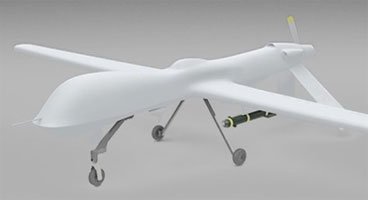 |  | 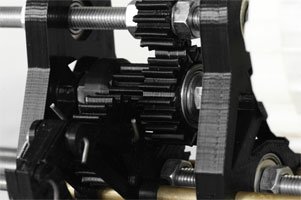 |
| Today, design phases face more constraints that must be mastered in a minimum amount of time. It is actually crucial to reduce a product's time-to-market to avoid being overtaken by the competition. As such, internalising 3D printing allows you the greatest flexibility and speed, allowing you to adjust the prototype to the application (without using a service provider), and removing certain stages of a traditional prototyping process (including using a single tool, a single machine or a single technician) | 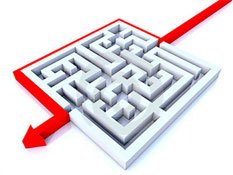 |
3D printing allows cost savings at several levels:
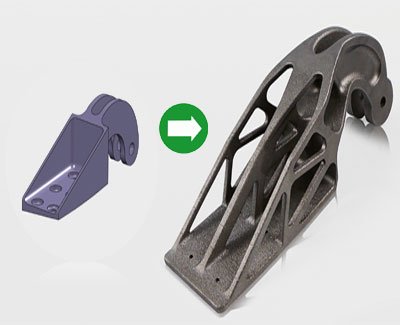 | Product design faces the restrictions caused by traditional industry design techniques (casting, machining, etc.) and assembly / welding constraints. 3D printing literally allows you to transcend these barriers by offering you the ability to print very complex and intricate shapes, and this in one piece or by minimizing the number of pieces required. In addition to the almost total freedom of shapes, 3D printing for the industry allows you to easily optimise topology. Hollow out shapes, change the structure itself of your pieces by leveraging the advanced capabilities of 3D printing, and subject your pieces to the necessary mechanical tests, until you obtain the lightest model possible, while maintaining its mechanical properties. The automotive and aerospace industries are sectors that have tremendous use for 3D printing in this sense. For example, Airbus uses 3D printing to create the injectors for the A320 NEO in a single block, while before it required the assembly of 18 pieces. In terms of topology optimisation, Airbus aims to gain 1 tonne on the total mass of its aircraft! Here, it concerns industrial metal 3D printing (on 3D printers worth over €500,000), but these advantages can be exploited in the prototyping phase thanks to desktop 3D printers. |
Thanks to 3D scanners in particular, reverse engineering is greatly simplified. Just like 3D printers, 3D scanning tools are also become increasingly affordable and efficient: 3D scanners from €500. So, engineers can easily and quickly break down, scan and study a product's design. And this, yet again, for an unparalleled cost. This way, engineers quickly have everything they need to optimise and modernise the operation of the product, of the machine. For an industrial quality 3D scanner with a resolution of 30 microns worthy of €50,000 scanners, turn to the SLS-3 scanner and its turntable: irreproachable scanning quality for under €4,000!
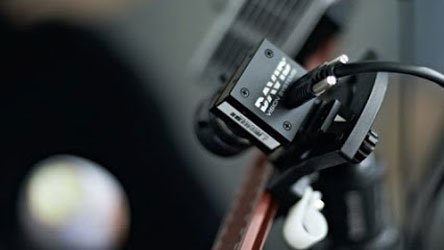 | 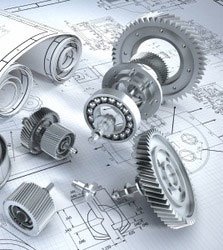 | 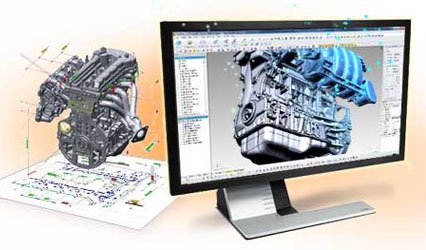 |
More specifically, whether for it's for engineering and design offices, engineering or even industrialisation of a concept, 3D printing today provides an economical, fast and efficient solution in the following phases:
For industry, 3D printers allow engineering and design offices to work effectively on different prototypes, early in the planning of a project, in order to offer several versions of the same concept on which the company's marketing, sales, methods or production teams can give their opinion.
A physical model allows members of a design team to consider the positive and negative aspects, and better appreciate the mechanical constraints of the different concepts. All this to reach an agreement earlier in the process. - Ergonomic optimisation of the concept adopted by successive, fast and inexpensive iterationsDesigning your prototype by successive iterations will allow your teams to benefit from and participate in the creative process throughout the project. A great way to combine speed of execution and team involvement, and thus enjoy the feedback of all of your employees involved in the project. In this way, regular testing and optimisation can be performed with ease until finally bringing your project as close as possible to the ergonomics of a perfected end product. | 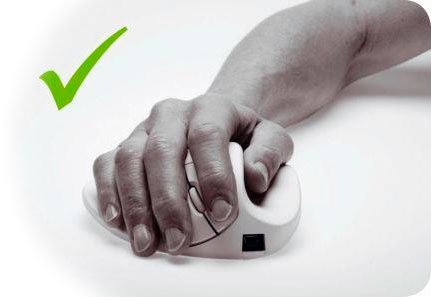 |
Performing shape validation is important, but it's also all the functional parts of a prototype that need to be validated prior to production.
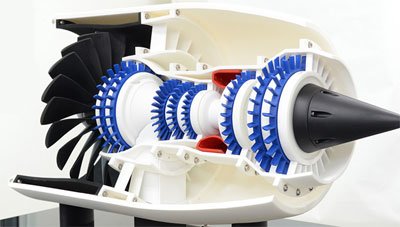 | 3D printing for industry can effectively meet this need through the materials available and the accuracy of the tool. With a desktop 3D printer, you now have the possibility of validating the complete assembly, function and mechanics, of your project: socketing, clip-on systems, screws and other aspects related to tolerances. These points can then be technically validated, quickly and cheaply. - 3D printers enable the production of custom tools and templates on demandFor repeated construction of an object, resorting to templates is very common and advisable. Templates can, nevertheless, be subject to many changes, especially in the prototyping phase, and a 3D printer will allow you to develop them in a very flexible way and in record time. |
at every stage of the innovation chain, 3D printers are the most appropriate tool to communicate your design, both internally with your staff or to your customers. It is indeed much more professional, enjoyable and relevant to be able to produce physical objects rather than 3D models or simple plans.
Besides the aspects related to prototyping and pre-series production in the innovation phases, it's the entire organisation of modern industry itself that is about to take a radical and definitive turn. The industry will still use, to a (large) extent, mass production for a very long time, and, in fact, the economies of scale. A point that 3D printing is not yet able to compete with, especially with its limited production speed.
Nevertheless, in response to a growing need for customisation, and faced with issues of storage, over-production and routing of goods, 3D printing is becoming a complementary model for the future. A model allowing on-demand production (eliminating stocks) and reduction of the supply chain by producing as close as possible to strategic markets.
3D printing is definitely starting to be at the heart of industry, and playing an increasing role in the economic fabric of a constantly evolving modern society.
As an industrial engineer, the choice of a suitable 3D printer is very important and will especially focus on its accuracy, ability to print various materials, maximum print volume, and durability. Compared to an industrial printer, the cost of a desktop 3D printer is almost negligible. So our advice does not focus on price but rather on having ahigh-performance, versatile 3D printer that's capable of supporting a sustained printing pace while offering optimum results. Our selection for industry includes the following 3D printers:
| ULTIMAKER 2 EXTENDED+ | N2 DUAL RAISE3D |
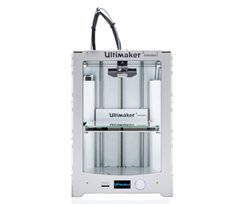 The Ultimaker 2+ range provides the highest accuracy on the market for a fused deposition printer, as well as compatibility with all materials! The Extended+ version additionally allows you to benefit from a large print volume over 20 x 20 x 30 cm. | 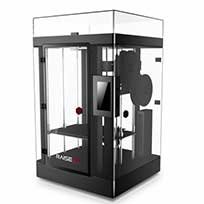 The N2 Dual Raise3D 3D printer offers a very large print volume of 305 x 305 x 610mm. This printer allows you to print all materials with its closed chamber and is equiped of 2 nozzles to print soluble material as HIPS and PVA for overhangs. |
| Ultimaker 2 Extended+ | N2 Dual Raise3D |
| FORM 2 | ZORTRAX M200 |
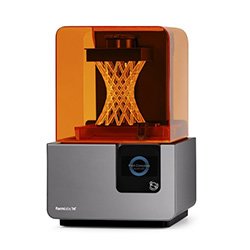 The Form 2 by Formlabs is a stereolithography printer (laser resin). This technology makes it possible to enjoy a level of detail that's unrivalled by fused deposition printers. It will be the perfect ally for all your most detailed pieces. | 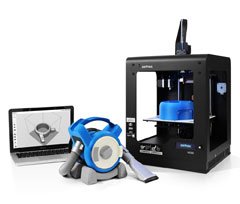 The Zortrax M200 is the ideal tool for your mechanical creations. Specialised in the printing of high-strength materials, such as ABS or nylon, thanks to a perforated bed and a closed chamber, it is perfectly suited to industry. |
| Form 2 | Zortrax M200 |
@Copyright: All content present on www.makershop3D.com is the property of Makershop. It is strictly prohibited to copy, completely or partially, the content present on www.makershop3D.com, or face sanctions. Content copy checks are carried out regularly.